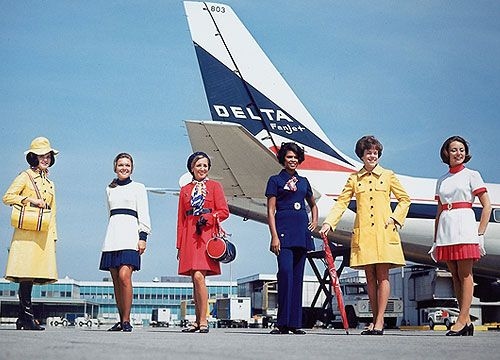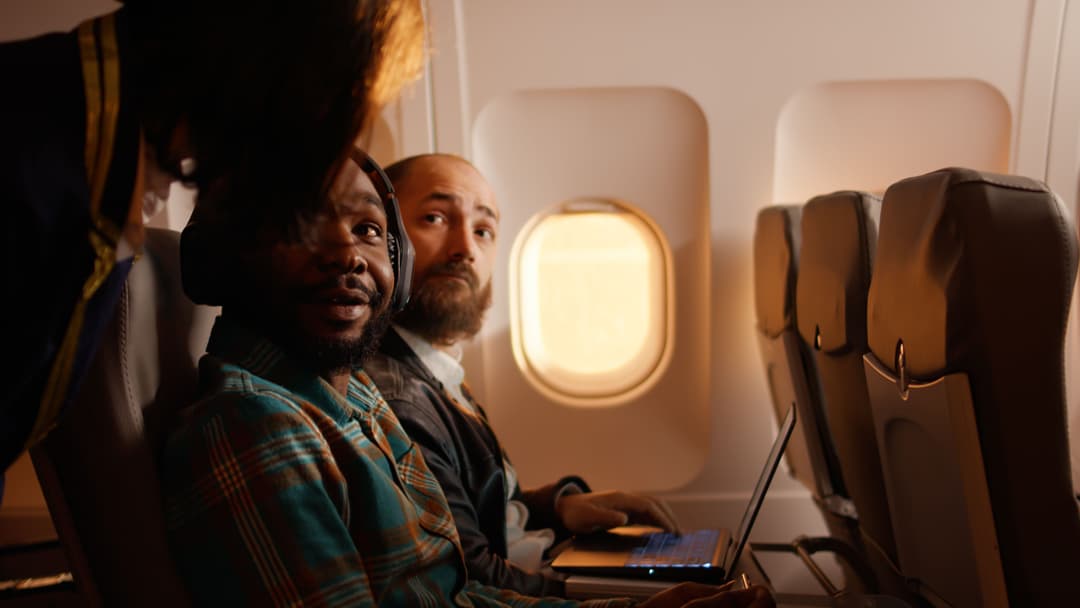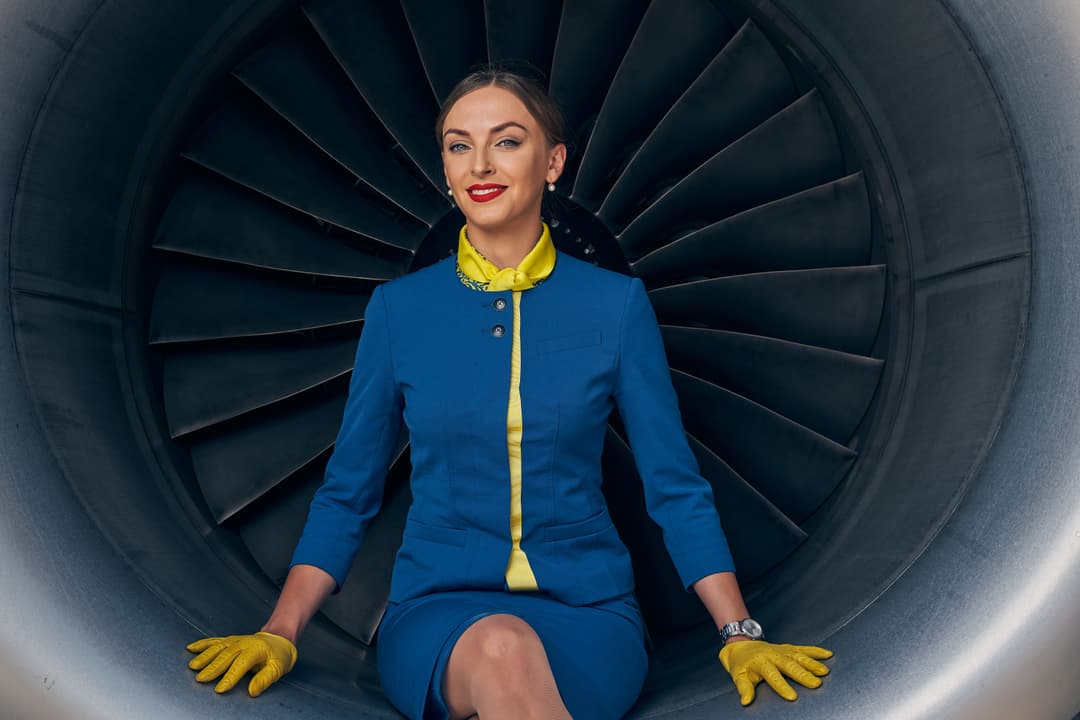The Evolution of Cabin Crew Uniforms: Style, Function, and Branding
Cabin crew uniforms have evolved significantly over the years, transitioning from strictly functional attire to iconic fashion statements that reflect airline branding and passenger expectations. While early uniforms were designed primarily for practicality, modern versions balance style, comfort, and professionalism.

The Early Years: Function Over Fashion
In the 1930s and 1940s, flight attendants' uniforms closely resembled military attire, emphasizing discipline and professionalism. These early uniforms consisted of tailored jackets, knee-length skirts, and hats, giving a formal and authoritative appearance. Fabrics were durable, designed to withstand the demands of flying in unpressurized cabins.
The Golden Age of Aviation: Glamour Takes Flight
The 1950s and 1960s saw airlines shift towards more stylish and elegant uniforms, as commercial aviation became a symbol of luxury. Designers like Emilio Pucci created bold and colorful uniforms for airlines like Braniff International, introducing form-fitting dresses and matching accessories. This era marked the introduction of branding through uniform design, with each airline seeking a unique identity.
Modern Uniforms: A Balance of Comfort and Branding
Today’s uniforms reflect both style and functionality. Airlines prioritize comfort with breathable fabrics, flexible designs, and practical footwear. Gender-neutral options are also becoming more common, allowing crew members to choose outfits that suit their preferences while maintaining a polished look. Airlines such as Virgin Atlantic and Japan Airlines have incorporated sustainable materials, showcasing a commitment to environmental responsibility.
Cabin crew uniforms are more than just work attire—they serve as a branding tool, a symbol of professionalism, and a key part of the passenger experience.



